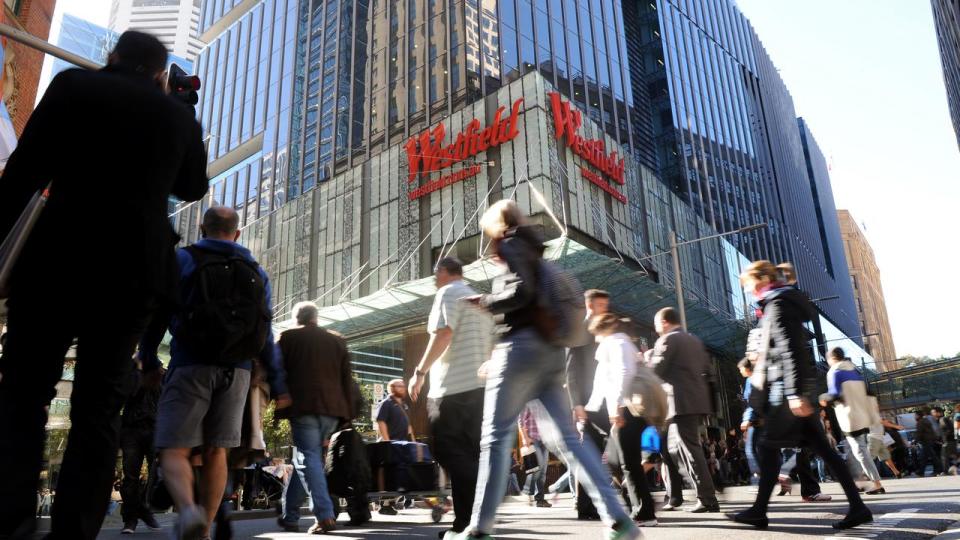Commercial buildings next on the block for carbon cuts
The Property Council has welcomed a push to expand Australia's "light-touch" energy efficiency program for commercial buildings.
Assistant Minister for Climate Change and Energy Jenny McAllister on Friday announced a deadline for expanding the program to better capture energy and emissions information.
The commercial building sector is responsible for about a quarter of electricity use and 10 per cent of total emissions in Australia, so expanding its coverage would drive cost savings for business and significant emissions cuts, she told a business audience.

Mandatory disclosure of energy use could apply to hotels, shopping centres, data centres, hospitals, and other non-residential facilities.
Proposed changes could also allow for the introduction of minimum energy performance standards for low-performing buildings that fail to improve under a mandatory disclosure regime.
Electrifying buildings, instead of business as usual, could save $49 billion in energy bills by 2050 and prevent almost 200 million tonnes of carbon going into the atmosphere, according to industry research.
The Property Council and Green Building Council of Australia have campaigned for the expansion of the commercial building disclosure (CBD) program and the national environmental performance rating system for buildings, known as NABERS.

The CBD program requires NABERS energy efficiency information to be provided, in most cases, when selling or leasing office space over 1000 square metres.
Property Council chief executive Mike Zorbas said including more commercial office space and types of commercial buildings in the program was a "no brainer" that would lead to savings in emissions and energy bills.
"It is an opportunity to rethink the program's role in encouraging electrification, the procurement of renewable electricity and a focus on embodied carbon of buildings," he said.
"While the CBD program places a light-touch compliance burden on building owners, it offers significant advantages like higher tenant retention and increased value of highly rated buildings."

Senator McAllister said the world-leading program had a proven record helping commercial buildings cut emissions and energy use.
Since 2010, there has been a 35 per cent reduction in base building energy usage per square metre for office buildings covered by the program.
"Energy performance can reduce emission, improve the comfort for building tenants and help save on energy costs," she said.
Senator McAllister said the federal government wanted feedback by mid-September on adding different types of buildings and more ownership structures including trusts, partnerships and individuals.

 Yahoo Finance
Yahoo Finance 